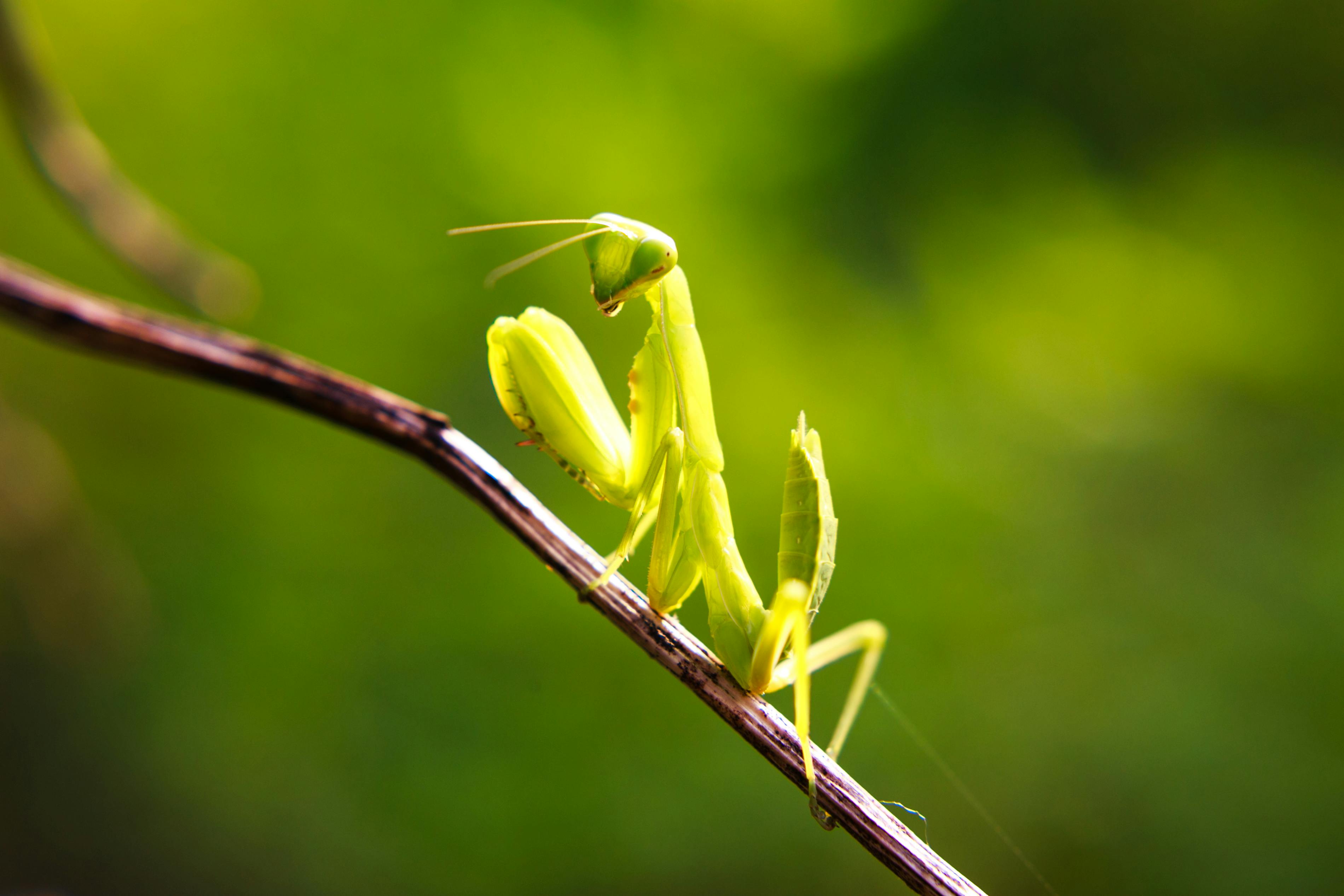Understanding the Intricacies of the Praying Mantis: A Fascinating Insect with a Predatorial Edge
Do you know which insect is both a skilled predator and a fascinating creature that has intrigued humans for centuries? Enter the world of the Praying Mantis, a unique specimen of the insect kingdom with its own set of intriguing characteristics and behaviors.

A Deep Dive into the History of the Praying Mantis
The Praying Mantis, belonging to the Mantidae family, has been a subject of interest and fascination for centuries. Its name, derived from the Greek word ‘mantis’, means prophet or seer, indicating its perceived mystic nature in ancient cultures. The mantis, with its prayer-like stance, has been a symbol of spirituality and patience in many societies, including Ancient Greece, Egypt, and China. Over time, the understanding and perception of this insect have evolved, leading to extensive research and intriguing findings.
The Praying Mantis in Current Times: An Overview
In recent years, the Praying Mantis has garnered significant attention due to its unique predatory behavior and impressive camouflage skills. Researchers are continually discovering new species, with the count currently standing at over 2,400. Moreover, scientists have recently uncovered a mantis species with an ultrasonic hearing ability, a feature previously unknown in insects.
The Praying Mantis Market Impact: A Growing Interest
With their distinctive appearance and behavior, Praying Mantises have become popular among insect enthusiasts and pet owners alike. While their price range can vary widely depending on the species, a typical Praying Mantis can cost anywhere from $10 to $50. This growing interest has led to a noticeable increase in the Praying Mantis pet market, contributing to the thriving $1.5 billion pet insect industry.
Verified Facts and Research on the Praying Mantis
Scientific research has unveiled many intriguing aspects of the Praying Mantis. For instance, studies have shown that mantises are the only insects capable of rotating their heads 180 degrees. Furthermore, research published in the journal Current Biology revealed that Praying Mantises are the only known invertebrates to possess 3D vision, a characteristic that aids their predatory behavior.
Unraveling the Complexity of the Praying Mantis
While the Praying Mantis might appear to be a simple insect at first glance, it possesses a depth and complexity that continues to amaze scientists and enthusiasts alike. From its unique hunting skills to its impressive visual capabilities, the Praying Mantis serves as a testament to the diverse and fascinating world of insects.
In conclusion, the Praying Mantis is a fascinating insect with a rich historical background, an ever-evolving present, and a promising future. Its unique characteristics and behaviors, coupled with its increasing popularity, make it a standout in the insect kingdom. As we continue to unravel the mysteries of this intriguing creature, it’s clear that the Praying Mantis will remain a subject of interest for years to come.




